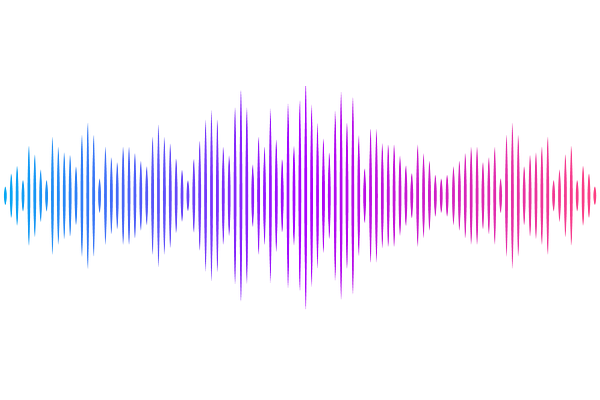Elucidating the Mechanism by Which HIV-1 Nucleocapsid Mutations Confer Resistance to Integrase Strand Transfer Inhibitors

Elucidating the Mechanism by Which HIV-1 Nucleocapsid Mutations Confer Resistance to Integrase Strand Transfer Inhibitors
Hikichi, Y.; Burdick, R. C.; Patro, S. C.; Ding, S.-Y.; Luke, B. T.; Clark, E.; Ablan, S. D.; Wu, X.; Pathak, V. K.; Freed, E. O.
AbstractPersons with HIV (PWH) receiving integrase (IN) strand transfer inhibitors (INSTIs) have been reported to experience virologic failure (VF) in the absence of resistance mutations in IN. We previously reported that mutations in the viral nucleocapsid (NC) are selected in the presence of the INSTI dolutegravir (DTG) and confer levels of INSTI resistance comparable to those conferred by clinically relevant IN mutations. Here we show that these NC mutations accelerate the kinetics of viral DNA integration. The shortened time frame between the completion of reverse transcription and integration correlates with reduced sensitivity to DTG, suggesting that NC mutations limit the window of opportunity for INSTIs to block viral DNA integration. We find that in primary peripheral blood mononuclear cells, HIV-1 acquires mutations in the viral envelope glycoprotein, NC, and occasionally IN during selection for INSTI resistance. Notably, the selected NC and IN mutations act in concert to reduce the susceptibility of the virus to INSTIs. These results provide insights into the mechanism by which HIV-1 escapes the inhibitory activity of INSTIs and underscore the importance of genotypic analysis outside IN in PWH experiencing VF on INSTI-containing drug regimens.